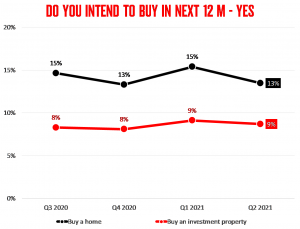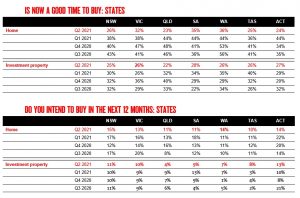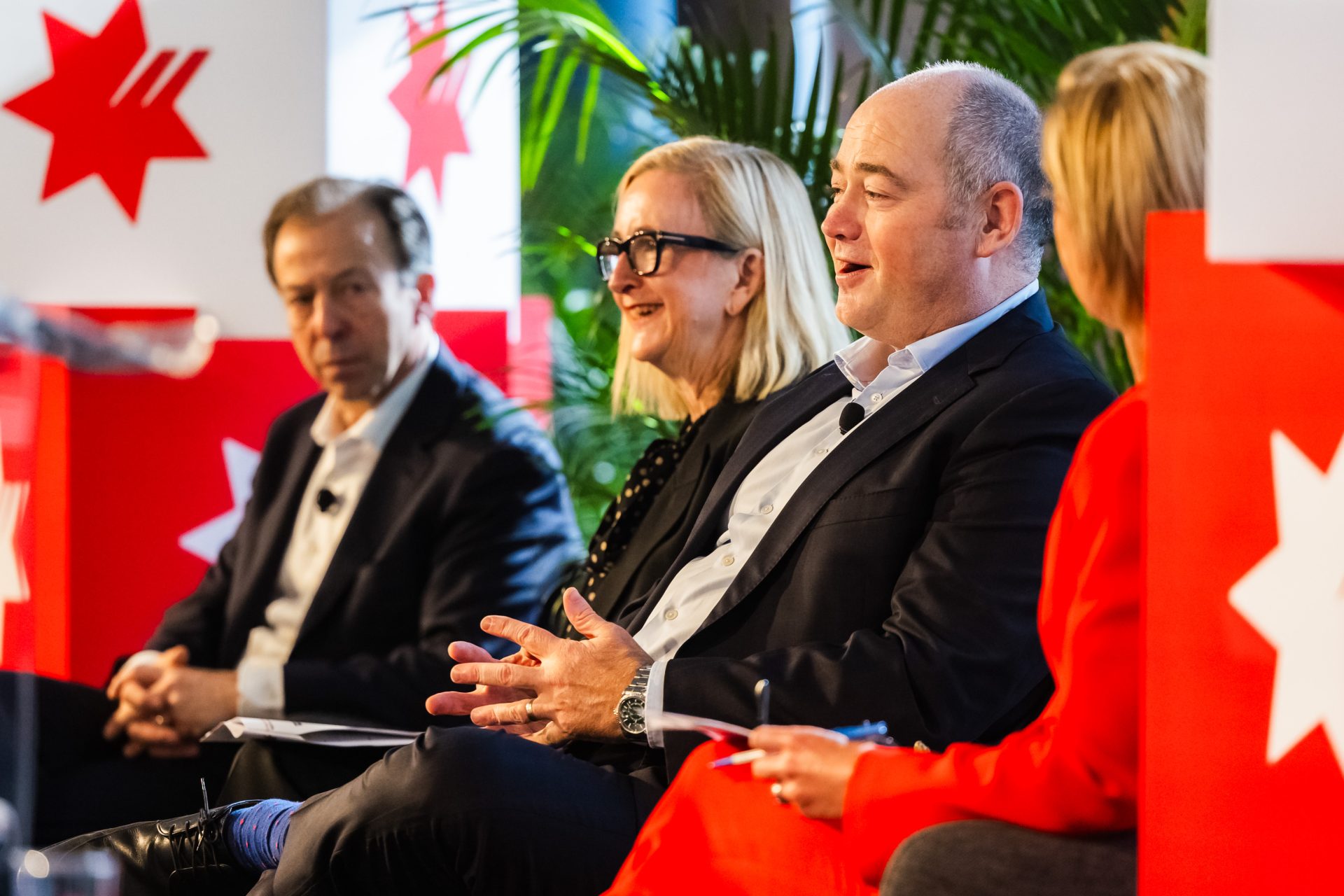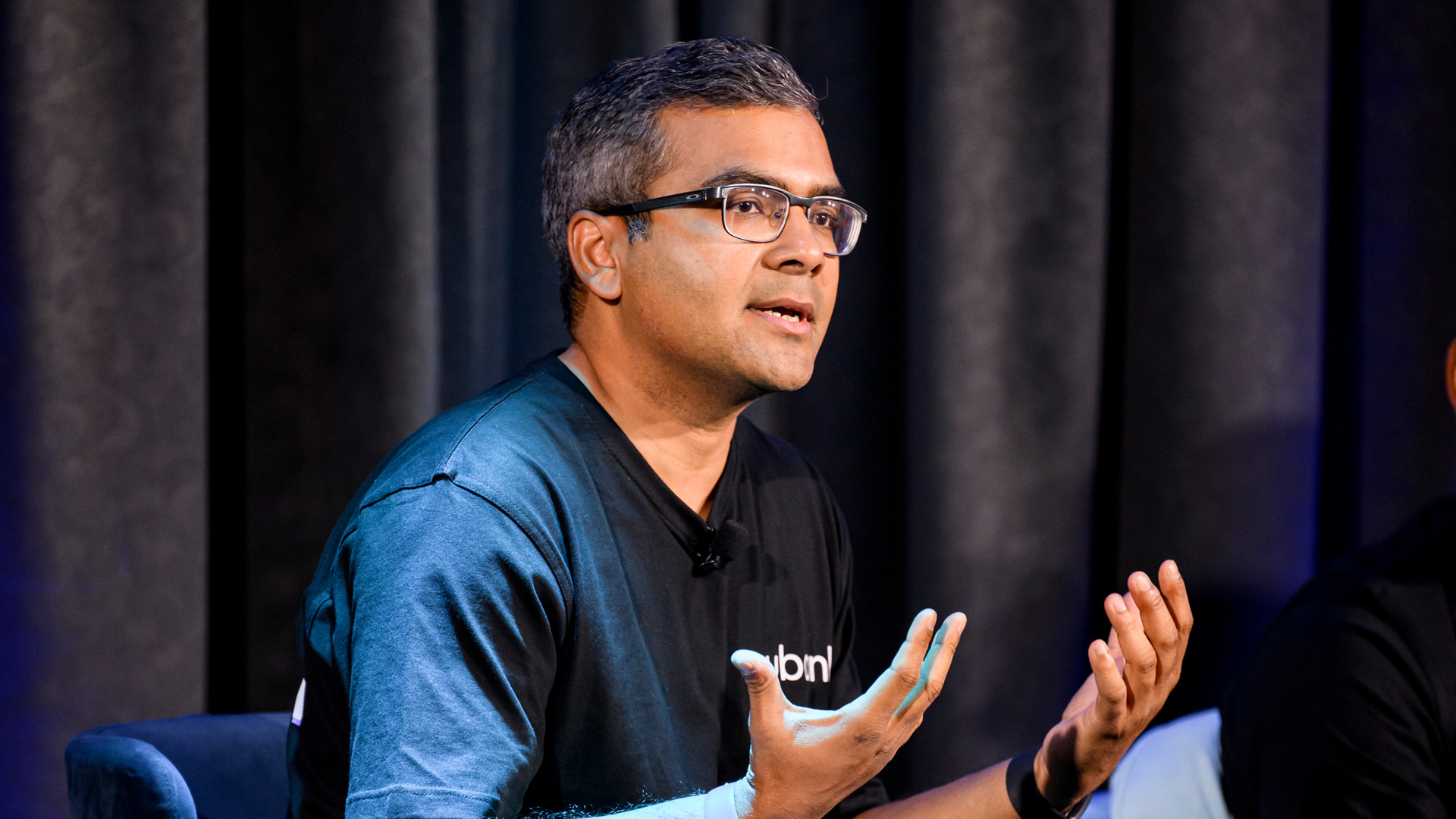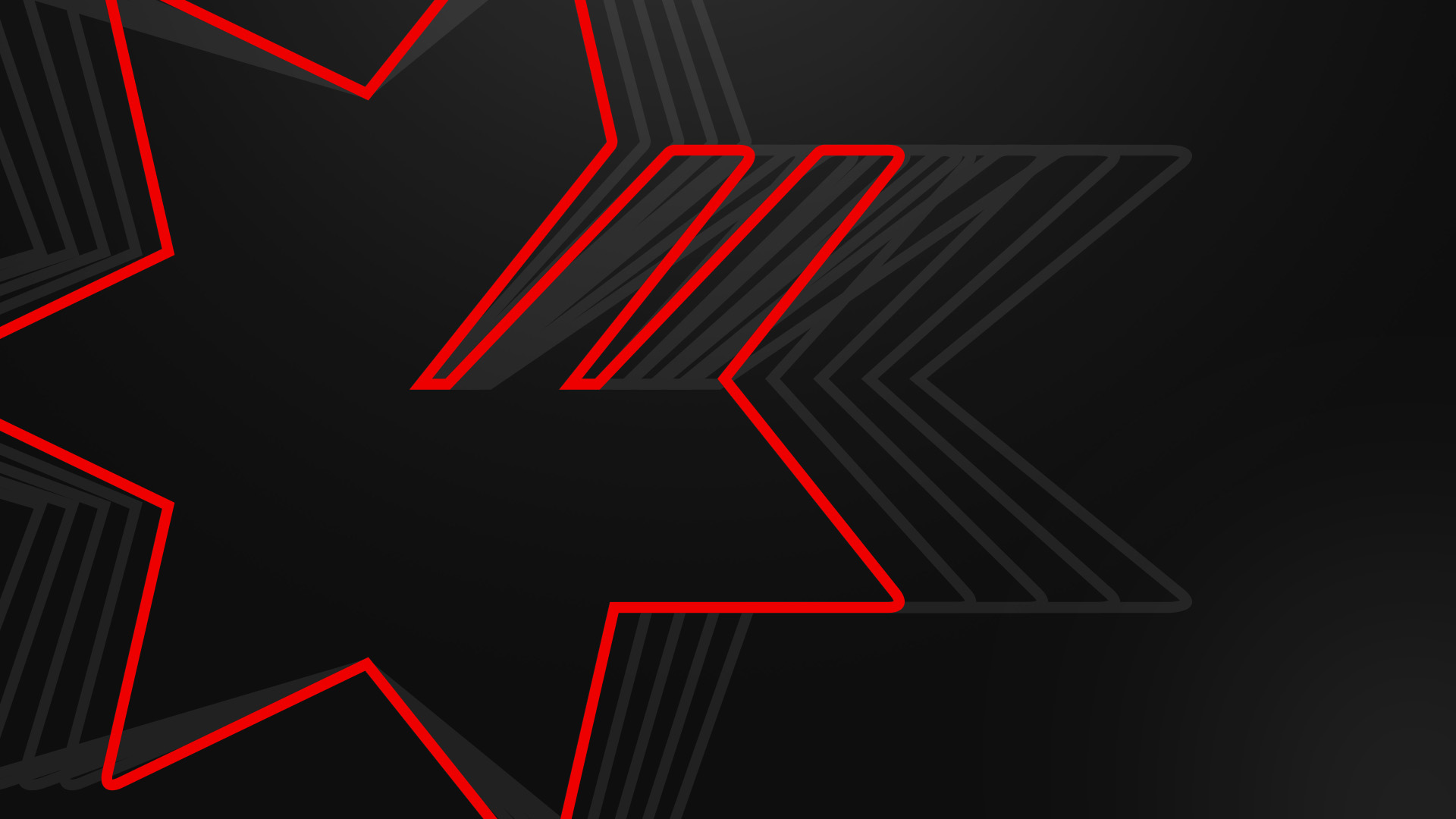NAB data reveals the postcodes where buying is cheaper than renting, as low interest rates create opportunities for Australians to pay less to own their home*.
Outer-metro suburbs and inner-city apartments provide some of the best opportunities for Australians to buy or invest in a home. Many looking for the ‘tree change’ will continue to find value in regional Australia as many make the most of flexible and hybrid working.
NAB Executive, Home Ownership, Andy Kerr said the biggest beneficiaries have been first home buyers, who have claimed a significant share of the market over the past 12 months.
“Record low interest rates and first home buyer incentives like the First Home Loan Deposit Scheme have driven strong demand,” Mr Kerr said.
“We have seen through the pandemic, particularly with first home buyers, that flexible and hybrid working is providing more options than they have historically had.
“Our research shows prospective buyers shift in where they want to buy and demand from first home buyers has been the strongest we’ve seen in a generation.
“Property prices have not risen as much in outer-metro suburbs and first home buyers are very good at picking up on where property prices have been more subdued. The correlation between outer-metro suburbs and buying new builds is certainly playing through in finding a bargain.
“House prices are rising but there’s still plenty of opportunities for Australians to buy their dream home rather than rent it. The simple reason for this is the record low rates on offer, with many mortgage rates still coming with a 2 in front of them.”
Home Buying intentions
New NAB research shows the number of Australians who thought now was a good time to buy a home fell to 29 per cent in Q2 (40 per cent in Q1).
The number of Australians who said they intend to buy a home in the next 12 months fell slightly to 13 per cent (15 per cent in Q1). Intentions for investment property were unchanged at 9 per cent.
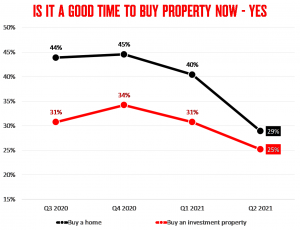
State breakdown
Residents of WA (36 per cent) and SA (35 per cent) were the most optimistic about buying a home now. South Australia (28 per cent) lead the way for investment property.
Home buying intentions in the next 12 months are highest in NSW (15 per cent), just ahead of WA (14 per cent) and the ACT (14 per cent). Intentions for buying investment property in 2022 are strongest in the ACT (13 per cent).
Where is it cheaper to buy than rent?
In Sydney and Melbourne, it’s still necessary to move a few suburbs further out from the CBD or join the many Australians moving to regional areas. This is due to the recent price growth in Sydney and Melbourne in 2021, although there remain some suburbs where the difference is marginal.
In contrast, all other state and territory capitals have suburbs where it’s possible to buy cheaper than renting. The most significant difference is in the more affordable capital city markets of Perth, Adelaide, and Brisbane.
Top suburbs/postcodes where it’s cheaper to buy than rent:
- Brisbane – Housing markets where it is now cheaper to buy than rent are located in the outer suburbs, mainly north and west of Greater Brisbane. Areas such as Logan, Bald Hills, Redbank Plains, Redcliffe and Caboolture all provide opportunities for buying a house over renting. In contrast, several unit markets that provide opportunities where it is cheaper to buy than rent, are found within a three-kilometre radius of the Brisbane CBD. Areas such as Brisbane City, Fortitude Valley, Spring Hill, and South Brisbane are all unit markets where it is cheaper to service a mortgage than rent. Outer unit markets such as Chermside, north of Brisbane also present a range of more affordable opportunities.
- Perth – Popular locations such as Armadale, Greenfields, Port Kennedy, Clarkson and Baldivas all provide opportunity. Of the unit markets, given the greater affordability across the Greater Perth locality, Perth CBD, East Perth, South Perth, Rivervale, Maylands and Fremantle all are cheaper to buy than rent, based on the median unit value.
- Adelaide – More affordable areas, located in the outer north of Adelaide, such as Elizabeth and Salisbury provide greater opportunity to buy rather than rent a house. Unit markets, providing greater affordability, present themselves in the Adelaide CBD and Glenelg. Additionally, Mawson Lakes also provides buyers with good opportunity.
- Hobart –Given the affordability of housing in Hobart, more housing opportunities present themselves compared to other markets across Australia. In Hobart, only Glenorchy units provide a cheaper opportunity to buy than rent. While Glenorchy housing also is now cheaper to service a mortgage than rent, areas popular with first home buyers present strong opportunities. Popular locations such as Sorell, Howrah, Moonah and Kingston all see houses now more affordable to buy than rent.
- Darwin – Suburbs such as Zuccoli, Gunn, Durack and Leanyer all see houses more affordable to buy than rent. Unit markets such as Darwin City, Stuart Park and Larrakeyah, locations where the bulk of unit stock exists still provide opportunities to buy over renting.
- Canberra – Of suburbs that have seen more than 30 sale results in July 2021, there are 40 suburbs within the ACT that provide the opportunity to buy rather than rent a house. Despite the rapid pace of value growth over the past 12 months, an even split between housing and unit markets was seen. Of the unit markets, Braddon, Belconnen, Franklin and Kingston, all popular with both first home buyers and investors provide good opportunity. Housing markets such as Kambah, Ngunnawal and Bonner provide more affordable buying solutions over renting.
- In Sydney – Areas predominantly in the outer-west and north-western suburbs of Sydney provide opportunities with higher volumes of units. Unit markets such as Campbelltown, Liverpool, Blacktown and Penrith all see units cheaper to service a mortgage rather than renting. The unit market in Bankstown also provides greater opportunities where it is cheaper to buy.
- In Melbourne – A similar trend is noticeable, with suburbs which comprise higher volumes of units. Inner city unit markets such as Carlton, Melbourne CBD, Southbank, Docklands and Abbotsford provide opportunities for buying over renting. Suburban unit markets such as Bundoora also present more affordable buying opportunities. Melton and Melton South, located on the outskirts of Greater Melbourne, provide some of the more affordable housing options where it is cheaper to buy than rent.
Areas outside of the major capital cities where it is cheaper to service a mortgage rather than paying rent include, but are not limited to:
NSW
- Broken Hill
- Orange
- Dubbo
- Goulburn
- Armidale
- Port Macquarie
- Bathurst
- Coffs Harbour
- Grafton
- Tweed Heads
VICTORIA
- Benalla
- Warrnambool
- Portland
- Sale
- Horsham
- Shepparton
- Echuca
- Bairnsdale
- Wangaratta
- Yarrawonga
QUEENSLAND
- Gold Coast (various suburbs)
- Sunshine Coast (various suburbs)
- Cairns
- Bundaberg
- Mackay
- Roma
- Toowoomba
Western Australia
- Port Hedland
- Newman
- Broome
- South Hedland
South Australia
- Naracoorte
- Port Augusta
- Mount Gambier
- Murray Bridge
- Port Lincoln
- Victor Harbor
Tasmania
- Queenstown
- Ulverstone
- Launceston
- Devonport
- Wynyard
* Based on assumptions of an 80 per cent LVR home loan using an interest rate of 2.69 per cent over a 30-year term.
Price forecast
Since September 2020, capital city house prices have risen by 14 per cent, leaving them 12 per cent higher than their pre-COVID-19 (February 2020) level. Over this period, price growth outside the capital cities has been even more rapid, but in recent months regional prices have been growing at around the same pace.
NAB revised up its forecast for house prices in July 2021 based on the faster than expected growth in prices over recent months. From here we see the monthly pace of growth slowing – but continuing at a solid rate, with dwelling prices up around 18.5 per cent in 2021 and 3.6 per cent in 2022.
For further information:
Media
Calum Young NAB Media Line
M: +61 (0) 472 863 630 P: (03) 7035 5015



